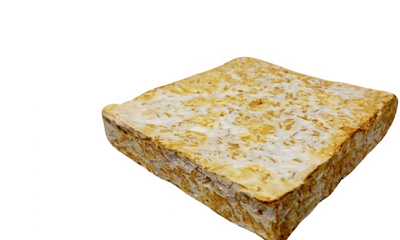 Friday, July 26, 2024
Friday, July 26, 2024  Friday, July 26, 2024
Friday, July 26, 2024 

Would you live in a house made of fungus? It’s not just a rhetorical question: fungi are the key to a new low-carbon, fire-resistant and termite-deterring building material.
This type of material, known as a mycelium composite, uses the Trametes versicolor fungus to combine agricultural and industrial waste to create lightweight but strong bricks. It’s cheaper than synthetic plastics or engineered wood, and reduces the amount of waste that goes to landfill.
Working with our colleagues, we used fungus to bind rice hulls (the thin covering that protects rice grains) and glass fines (discarded, small or contaminated glass). We then baked the mixture to produce a new, natural building material.
Click here to sign-up and receive the Weekly Round Up in your inbox every Saturday
Making these fungal bricks is a low-energy and zero-carbon process. Their structure means they can be moulded into many shapes. They are therefore suited to a variety of uses, particularly in the packaging and construction industries.
A staple crop for more than half the world’s population, rice has an annual global consumption of more than 480 million metric tonnes and 20% of this is comprised of rice hulls. In Australia alone, we generate about 600,000 tonnes of glass waste a year. Usually these rice hulls and glass fines are incinerated or sent to landfill. So our new material offers a cost-effective way to reduce waste.
Keep reading in The Conversation